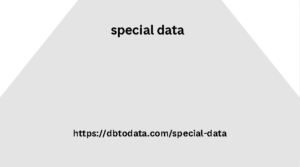These blogs are based on my rich discussions with hundreds of current and former government executives who join me each week on The Business of Government for informative, insightful, and deep conversations. Every generation portrays itself as living in “extraordinary times” where both danger and opportunity exist.
It goes without saying that certain
leadership qualities are more effective than others in such times. This blog on the importance of strategic foresight kicks off a series of blogs devoted to the critical capabilities and skills that leaders need to effectively address today’s challenges and demands.
These blogs are based on my
rich discussions with hundreds of current instagram data and former government executives who join me each week on The Business of Government for informative, insightful, and deep conversations. Overcoming the “Tyranny of Reality” In “Power, Security, and Leadership in the 21st Century,” an article I wrote for Government Affairs magazine in 2011, “Leaders are charged with envisioning, shaping, and securing the future, creating clarity amid uncertainty.
This is never easy, and it becomes increasingly
Difficult in the 21st century hotglobal growth: b2b sales marketing is dead – beginner mindset leads to growth – dutch biz culture as rapid, unforeseen change appears to be the only constant. This insight is as true today as it was then, if not more so. Envisioning, shaping, and securing the future, creating clarity amid uncertainty describes strategic foresight. It is about m rich data aking better, more informed decisions about the future in the present.
Foresight prompts forward thinking,
It is not about predicting the future. It is about antici. Ipating possibilities. The motto of the United States Coast Guard (USCG)—Semper Paratus—“Alwa. Iys Be Prepared” expresses the fundamental importance of foresight in the execution of the mis. Ision. In fact, then-Commandant of the USCG, Admiral Ted, explained to me:Leaders need to look bey. Iond what he calls the “tyranny of the present” and look beyond the annual budget cycle.

